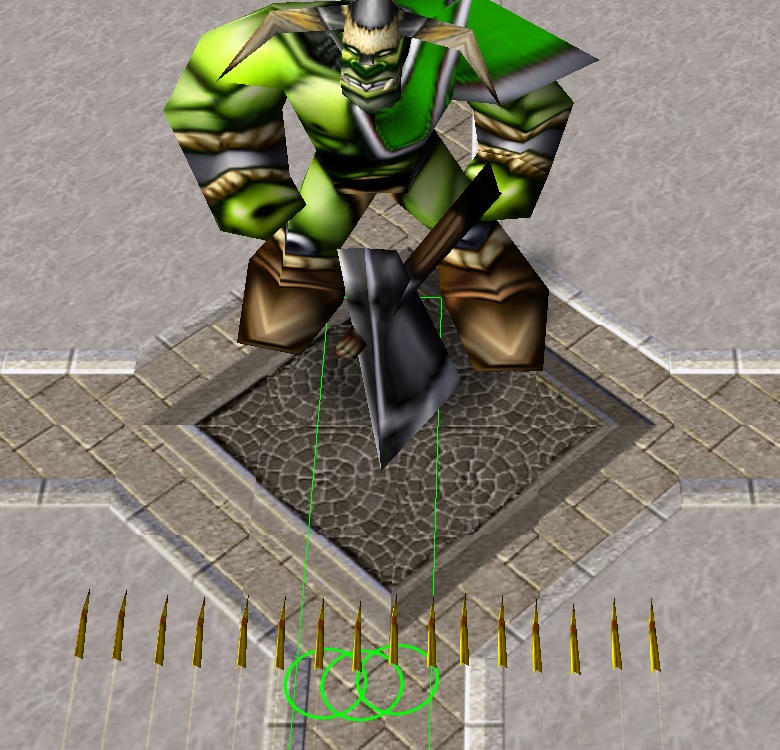In this picture, this Giant Grunt only gets hit by 4 bullets, when he should get hit by much more, the bullets fly through his feet.

These bullets are triggered: via
Pick 1 Random Unit In 50 Range of Bullet, Add Picked Unit to BulletTargets
Matching, Matching Unit is Alive, etc.
Set 1 Random in Bullet Targets = BulletMainTarget
Cause OwnerOfBullet to Damage BulletMainTarget
Is there a way to increase the grunt's 'hitbox' so it can be detected by a bullet much easier?

These bullets are triggered: via
Pick 1 Random Unit In 50 Range of Bullet, Add Picked Unit to BulletTargets
Matching, Matching Unit is Alive, etc.
Set 1 Random in Bullet Targets = BulletMainTarget
Cause OwnerOfBullet to Damage BulletMainTarget
Is there a way to increase the grunt's 'hitbox' so it can be detected by a bullet much easier?




